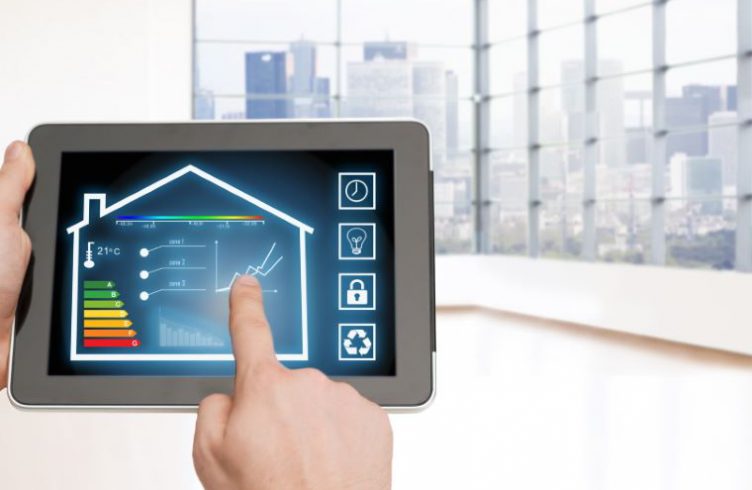In the announcement, the Electronic ID is characterized as an institution of major importance for the public interest, the fight against arbitrary construction and the protection of property that has remained on “ice” since 2010.
According to the announcement of the Ministry of Internal Affairs, the purpose of the Electronic Building Identity is to record the current state of the building or the divided property and their permits, as well as the monitoring and control of their changes during their life time. The new system ensures that the identity of the property is released by the engineer who makes the initial entry. This avoids the hostage-taking of the owners that has been observed to date in numerous procedures.
The Electronic Building Identity will be the last step of the final settlement of the arbitrary buildings which have been included in the relevant laws. Only upon obtaining it will the arrangement be considered complete.
Obligation to enter the institution are:
(a) the new buildings and subdivided properties for which new building permits are issued,
(b) the older buildings at the time of their transfer.
For the submission of the Electronic Building Identity, based on Law 4495/2017, buildings are divided into two categories:
Category I: (5-year deadline for its registration)
a. Buildings belonging to the State, OTAs and NPDD and buildings housing their services
b. Public gathering buildings (theatres, cinemas, event halls, convention centers, exhibition buildings), including libraries, museums, sports facilities, MMM transfer stations
c. Gas stations, garages or car washes
d. Tourist accommodation over 300 sq.m.
e. Public and private preschool, primary, secondary and tertiary education buildings
f. Hospitals, medical centers, clinics, health and mental health service centers, nurseries, kindergartens, boarding schools, nursing homes, institutions for the chronically ill, institutions for people with disabilities
g. Detention shops and special youth detention shops
Category II:
This category includes all other buildings and independent divided properties regardless of use.
For other Category II buildings, the submission is made upon transfer of the building or of the independent divided ownership and the relevant declaration is mandatorily attached to the contract.
Users of the information system are defined as:
- Authorized engineers
- The competent public services in the context of their duties and the employees of these bodies involved in the relevant procedures
The certificate of completeness will be issued by the authorized engineers and in this the completion of the information included in the identity card will be confirmed by their statement. The certificate is issued for a building, horizontal or vertical divided property, has a unique number and states the Code Number of the National Land Registry (KAEK) of the plot or field or divided property.
In the event that a statement of false information is found, in addition to the criminal penalties, a fine is provided, the amount of which varies from 2,000 to 20,000 euros, depending on the surface that is not has been recorded in the Electronic Building Identity. The limits of the penalties are doubled, if there is a recurrence of the violations and if they concern construction work in traditional settlements, areas of special natural beauty and protected areas.
The Deputy Minister of Environment and Energy Mr. Dimitris Oikonomou said on this matter:
“The activation of the Electronic Building Identity provides us with an extremely important urban planning tool. In the coming years, with simple and completely digital procedures, through the electronic platform developed by the Technical Chamber of Greece, the puzzle of the country’s building stock will be completed. A permanent monitoring system of constructions, but also of changes in existing buildings throughout their lifetime, is thus created, which will put an end to new arbitrariness and protect citizens’ property, but also has a more general utility, as an information infrastructure for all the forms of spatial planning in the country. In addition, the Electronic Building Identity will develop synergies and eventually be interconnected with other informational infrastructures that are in the creation phase, such as the Land Registry and the Unified Digital Map.”






